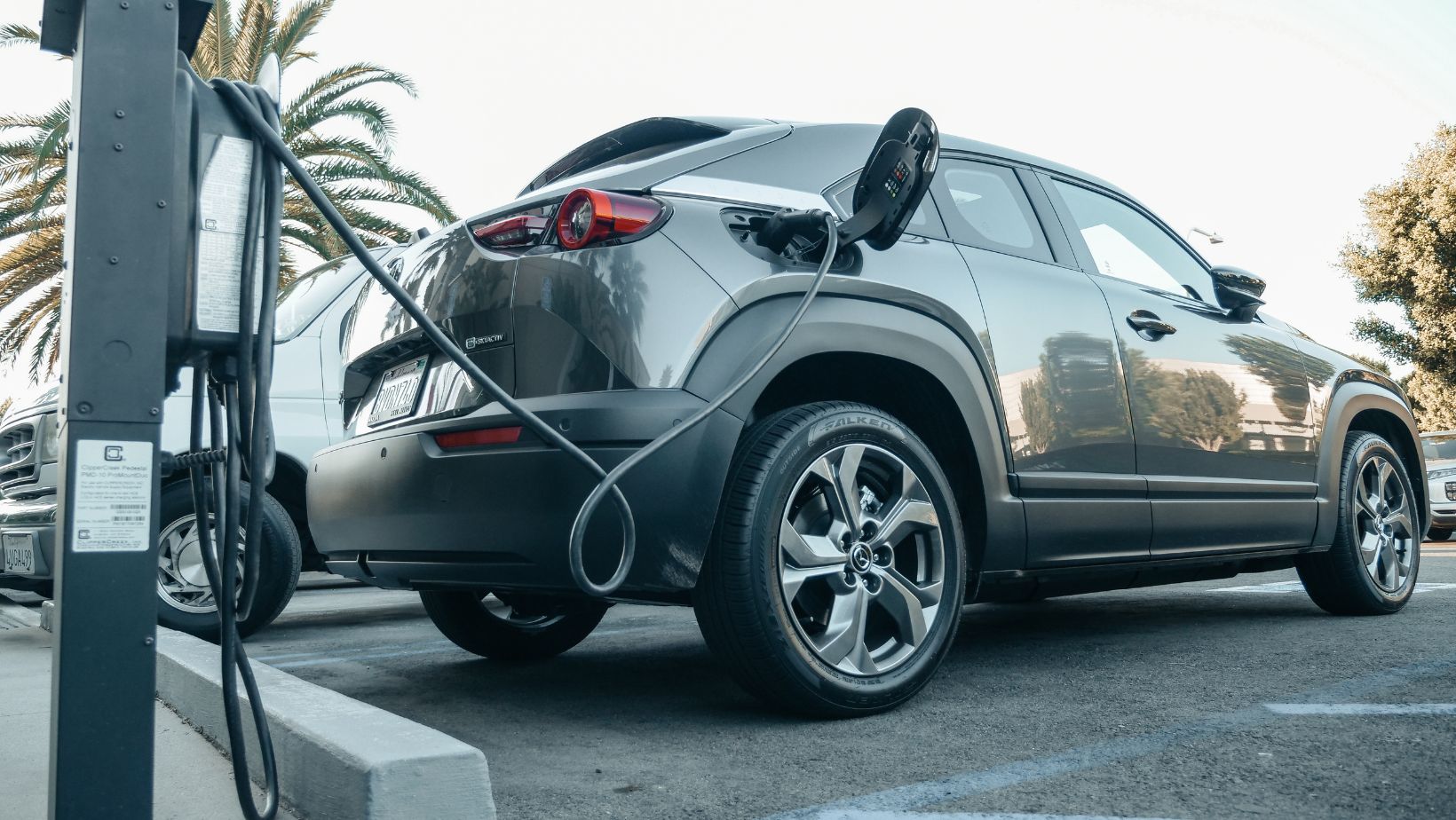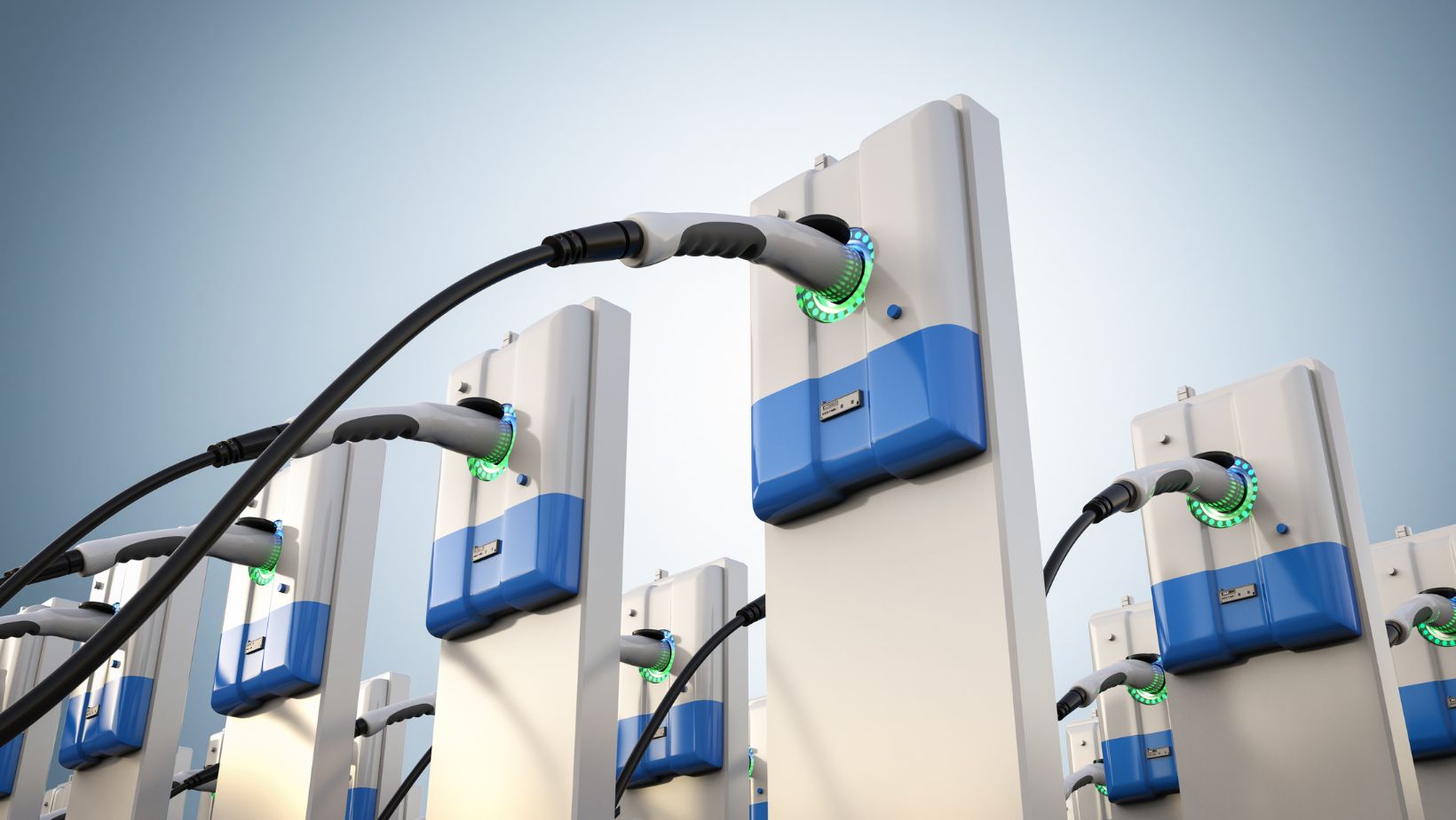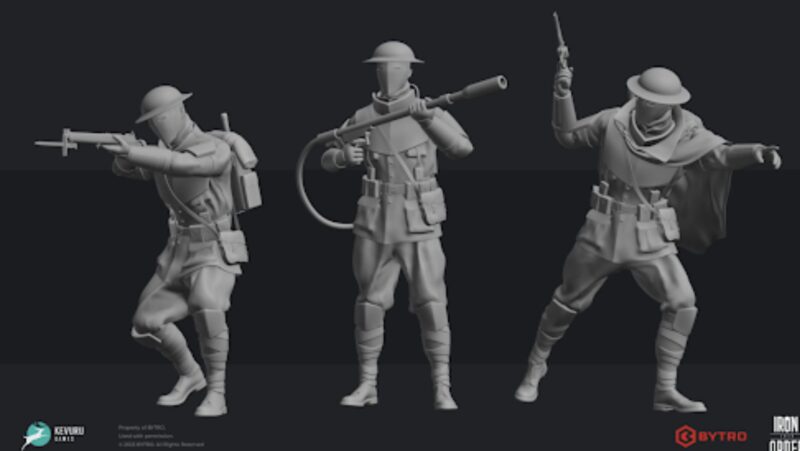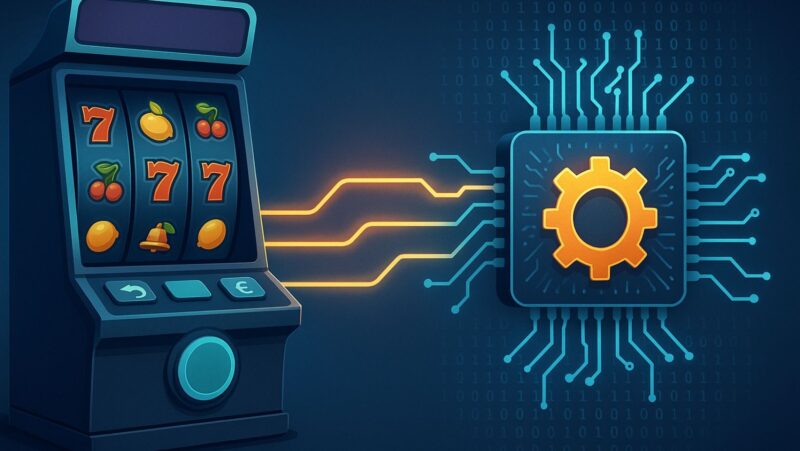
As electric vehicle adoption accelerates, the demand for efficient and space-saving charging infrastructure grows. This article explores how to design compact power systems that deliver high performance in limited spaces.
It highlights essential components, including bus bar connectors, to ensure reliable current distribution and thermal management. Ideal for engineers, installers, and energy professionals, this guide provides practical tips to future-proof your EV charging station builds.
Understanding The Power Needs Of EV Chargers
Before you try to understand what type of power your charger needs, you first need to know how much power your EV will need. Electric cars have different requirements depending on their age, build, and manufacturer, so knowing how best to charge them is key.
Level 1
These types of electric chargers use a standard household outlet and provide a slow charge.

Unfortunately, since this is only around 2.3kW (10A), it can take hours to fully charge your car, and end up being quite expensive too.
Level 2
In contrast, we have a faster method of charging your EV. By using a dedicated electrical circuit, this system can offer faster charging with ratings up to 22kW. This allows you to quickly charge your car when you need to, and typically at a lower price, too.
While there are other methods you could pursue, they are typically reserved for public charging stations where people require the fastest possible speeds and are willing to pay a premium on the cost of energy.
The Role Of Bus-Bar Connectors
If you want to facilitate the safe and efficient transfer of power between components, then you need a bus bar connector. This flexible component is crucial to ensuring a smooth and efficient operation in various electrical systems and is highly space efficient, too.
Since it’s designed to be compact, it can fit in almost any space and still provide a truly outstanding performance. Additionally, many bus bar connectors have separable interfaces to make assembly, inspection, and troubleshooting easier. In essence, these incredible components are perfectly designed to make accessing, maintaining, and improving compact electrical systems as easy as possible.

You might also find that certain designs offer ‘hot plugging’ capabilities, which allow you to connect and disconnect power without interrupting the system’s operation. This is especially useful when maintaining or troubleshooting the entire electrical system.
Cooling And Thermal Management
When they start to reach high temperatures, electrical components, especially batteries and chargers, can become dangerous. Aside from the damage to the battery, high temperatures might even cause an electrical fire, damaging your vehicle, the charger, and the rest of the house.
To keep your system as cool as possible, you could use a more affordable air cooling solution, which helps heat dissipate. Alternatively, you can use a more effective liquid cooling method, although this requires higher energy consumption.












